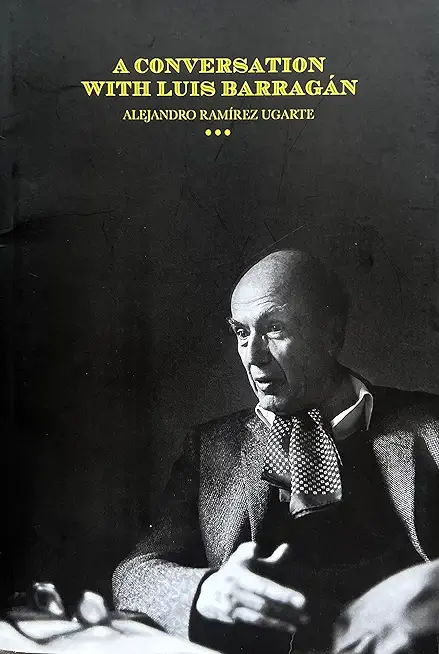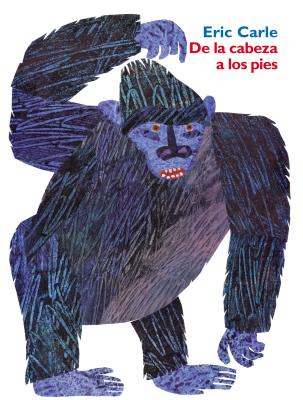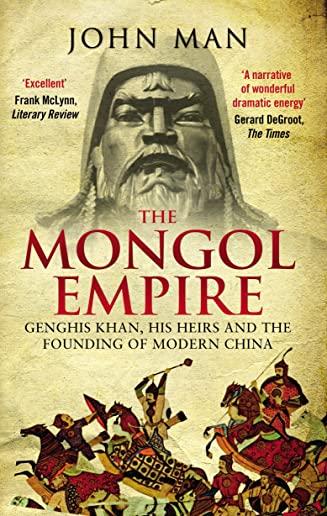
description
minent Mexican architect known for spare formulations and documentation of his design ideas. He was born in Guadalajara, where he practiced in the early years of his career, and later traveled extensively in Europe, where he became influenced by concepts of early twentieth-century modernism. His ideas were especially shaped by the time he spent with Le Corbusier. He developed a design aesthetic that elevated the serenity of spaces above functionality. He spent most of his career in Mexico City, and his work went widely unrecognized for most of his life, though he enjoyed quiet acclaim from Louis Kahn, Ãlvaro Siza, and other prominent figures. His home and studio in Mexico City are a popular museum and have been named a UNESCO World Heritage Site. Yet little is known about this influential and highly regarded modern architect. A Conversation with Luis Barragán, an insightful interview conducted by Alejandro RamÃrez Ugarte in 1962, offers an account of Barragán's career, travels, and primary aesthetic and architectural design concerns. Published for the first time in English, it provides a critical, if brief, look into the mind of Barragán. The only lecture the architect ever delivered and the illuminating acceptance speech he delivered upon receiving the prestigious Pritzker Architecture Prize accompany the interview. Taken together this trio of documents forms a succinct corpus that goes to the heart of Barragán's vision, providing a better understanding of his work and reinforcing his importance in the architecture world.
member goods
No member items were found under this heading.
Return Policy
All sales are final
Shipping
No special shipping considerations available.
Shipping fees determined at checkout.







